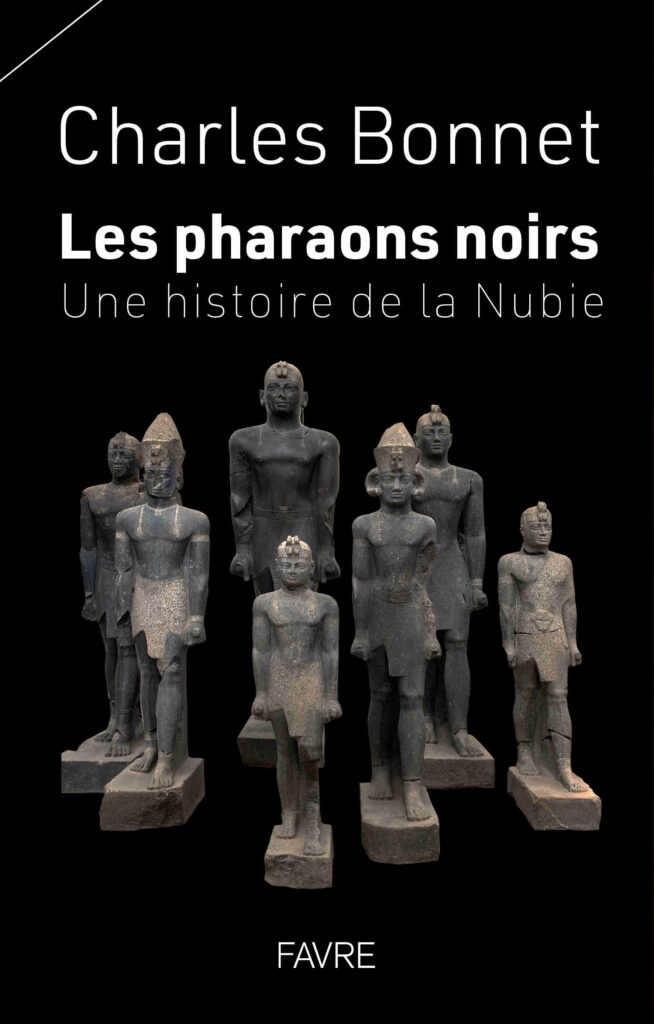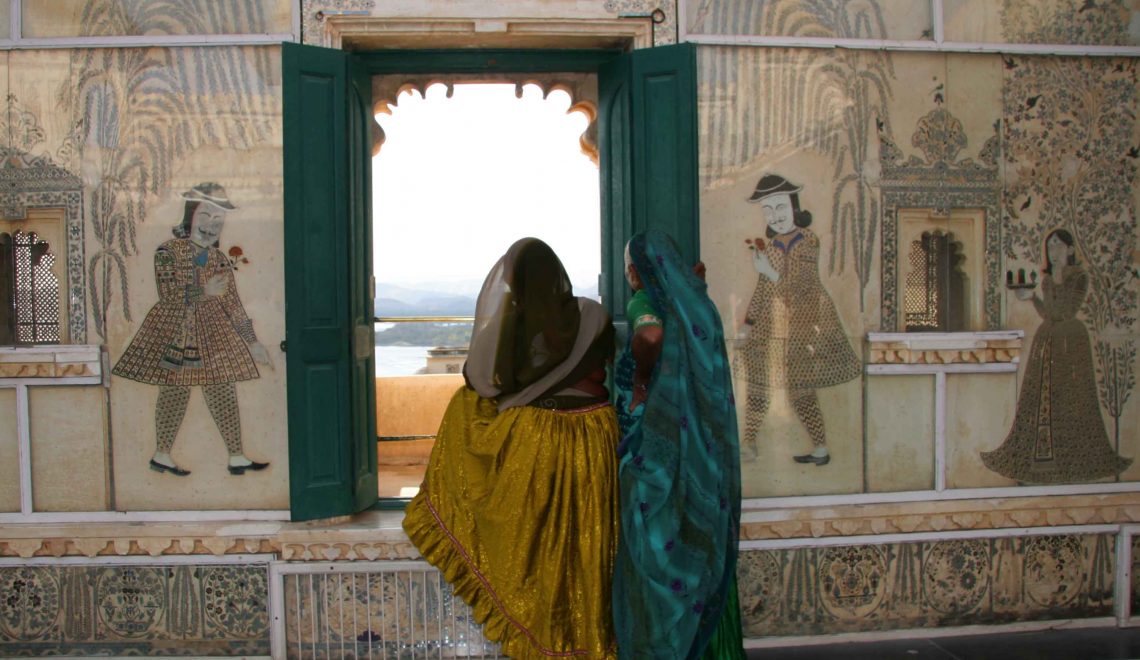
It is a romantic city, bathed in lakes, where the palaces still rustle with the splendour of the Maharanas. We are in Udaïpur, capital of Rajasthan's oldest kingdom, Mewar.
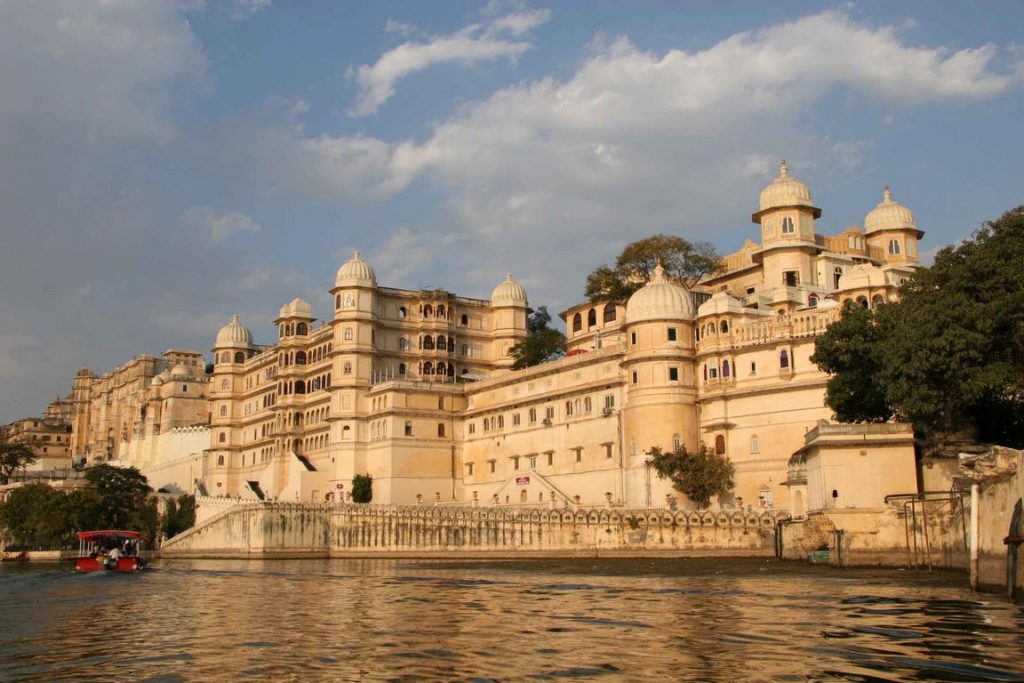
Surrounded by verdant mountains where the maharanas hunted tigers on elephant back, Udaïpur is a Rajput stronghold founded in the 16th century to protect its inhabitants from Mughal attacks and their suicidal tendencies. Indeed, these famous warriors would fight to the death while their wives and children would immolate themselves when defeat was imminent. Legend has it that a wise man advised the maharana Udai Singh II to establish his stronghold in this reputedly impregnable site in the heart of the Arawalli range, in order to avoid these massacres. Thus was born the City Palace, the largest palace in Rajasthan.
Udaïpur, City Palace
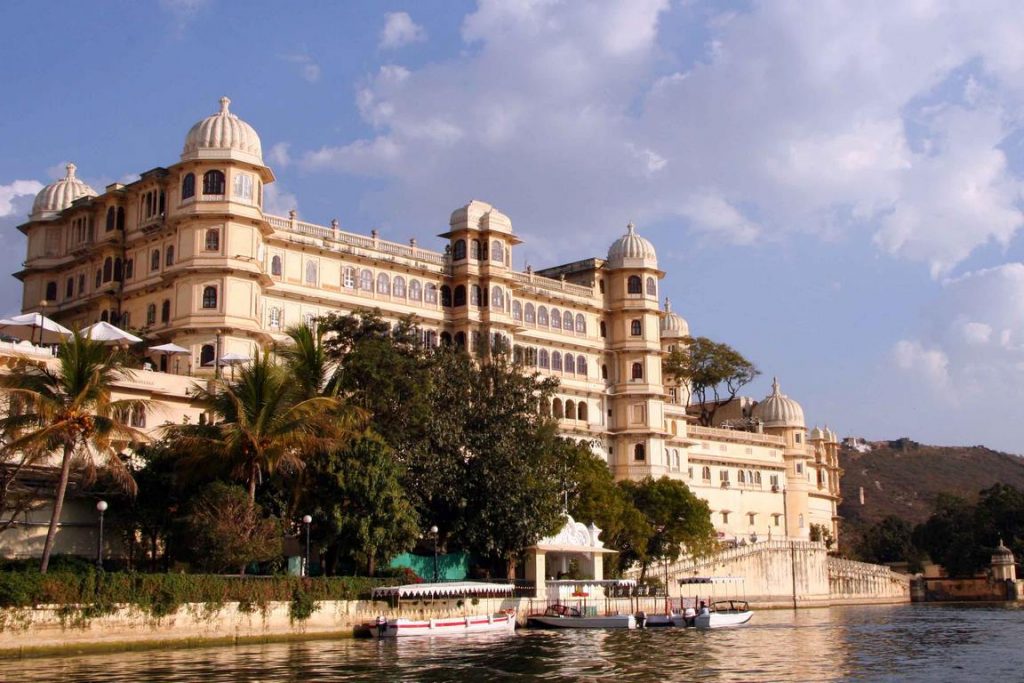
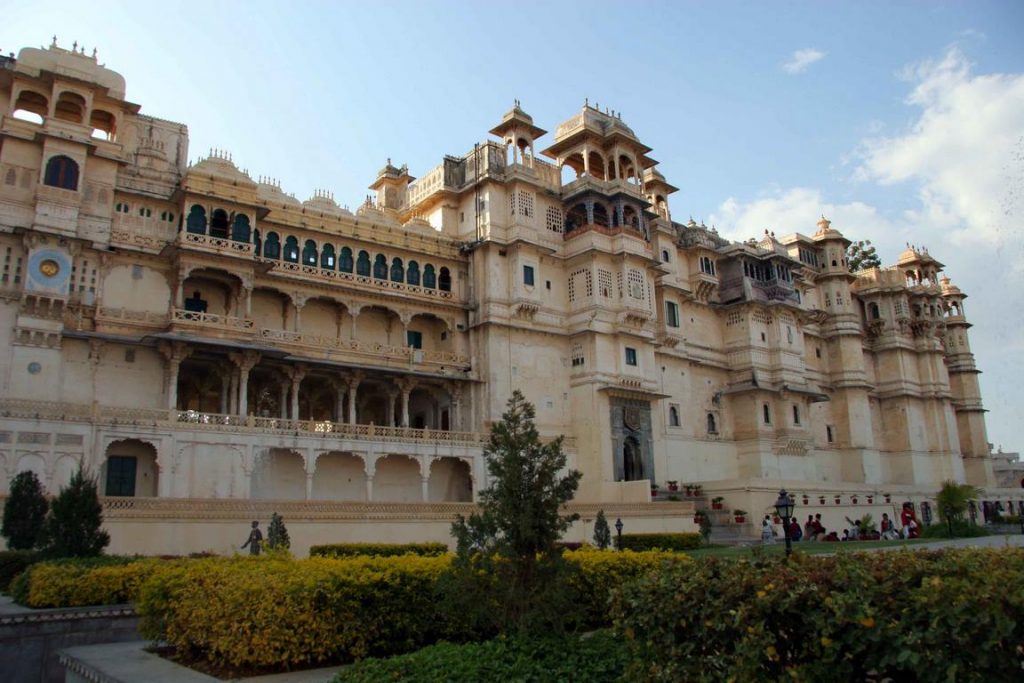
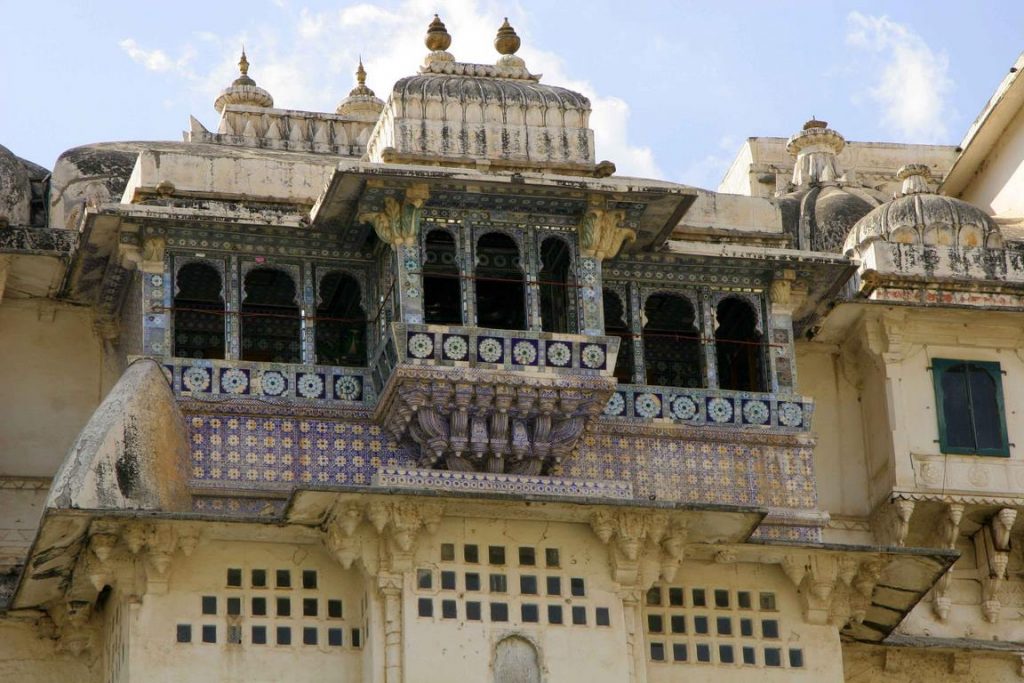
The monumental palace has been revealing its secrets since 1952, when some of the rooms were opened to the public. The entrance is via the Bari Pol (1600) and the Tripolia Pol (1725) with its eight sculpted marble arches. From palaces to gardens, everything is designed to exalt the senses, pleasure and beauty: Manak Mahal, the palace of rubies; Bari Mahal, a Mughal-style garden created in the 18th century; Dilkusha Mahal, the palace of joy; Chini Chitrashala, the Chinese salon covered in Dutch earthenware; Moti Mahal, the palace of pearls; Shish Mahal, the palace of mirrors.
Decorated in the Rajput and Mughal styles, the ensemble is a little outdated, baroque to a fault and surprisingly harmonious.
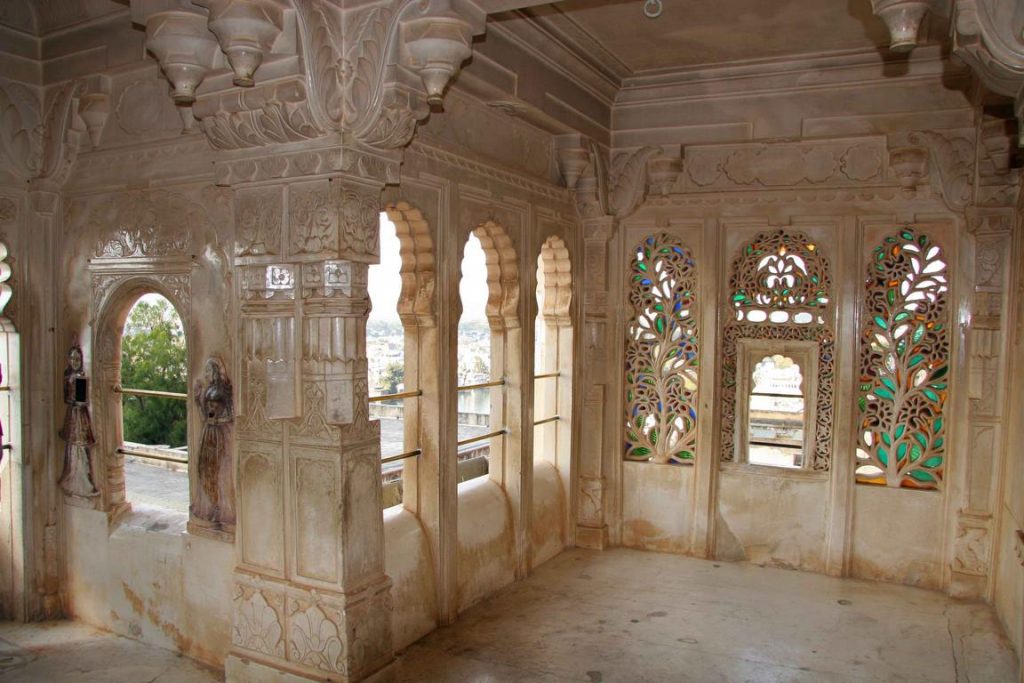
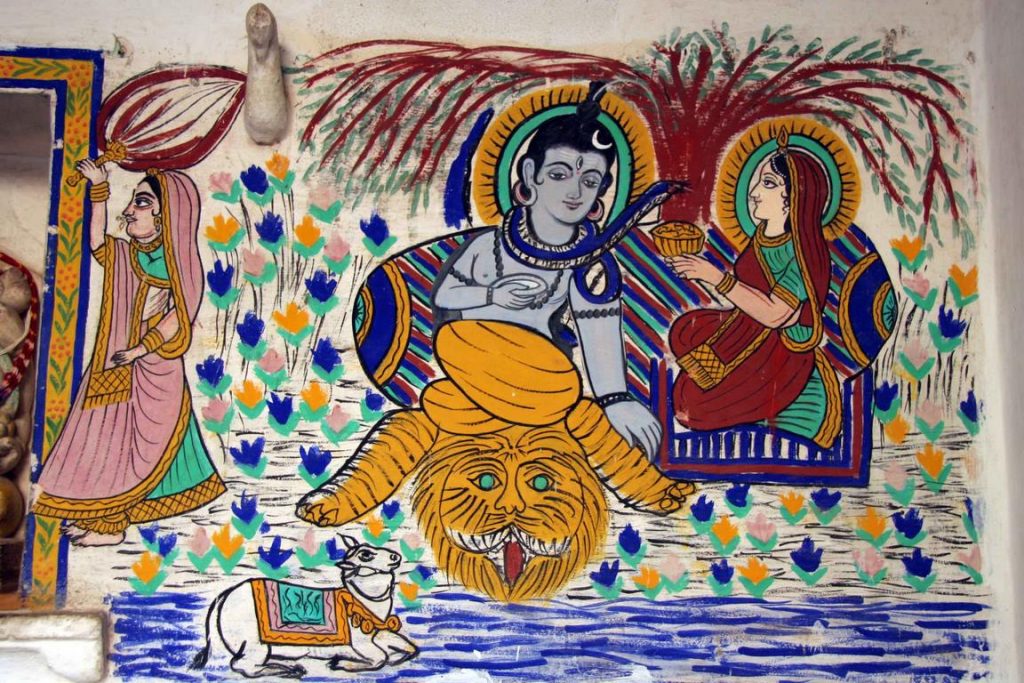
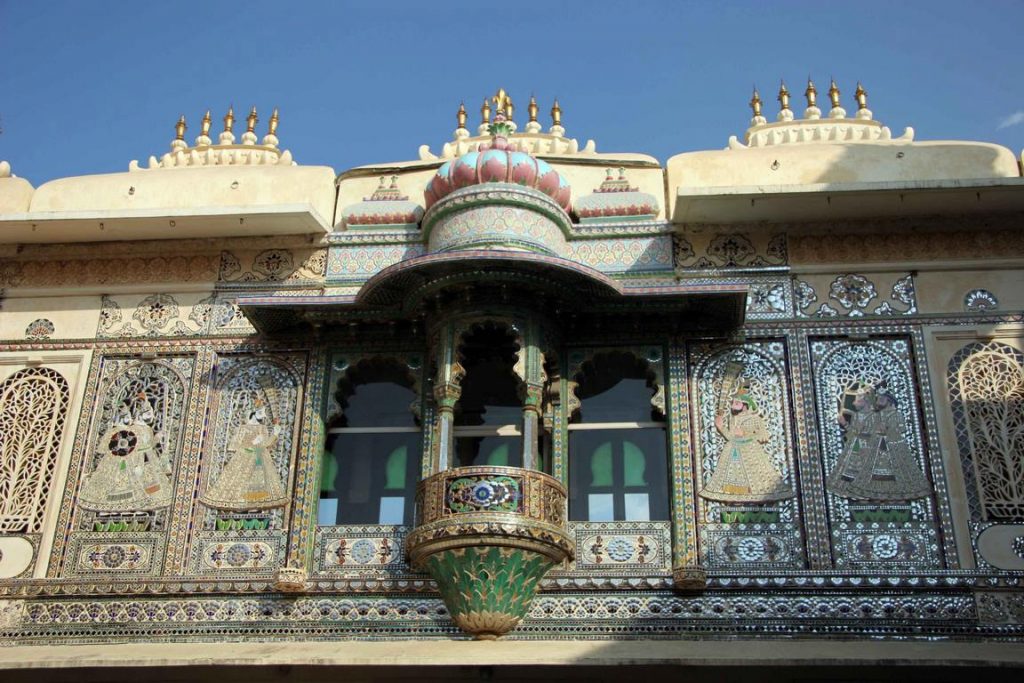
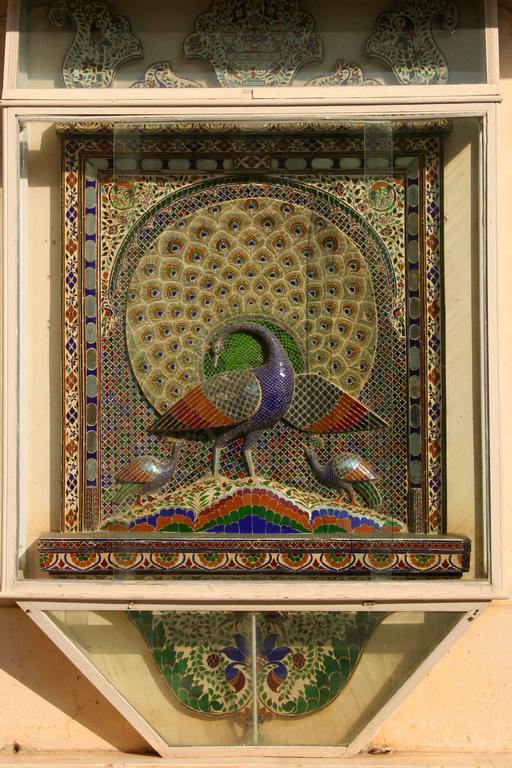
The three peacocks of the Mor Chowk date from the reign of Maharana Sajjan Singh around 1750 and represent the 3 seasons: summer, winter and monsoon. They are sculpted in high relief with coloured glass mosaics in niches in the courtyard wall. They are made up of 5,000 pieces of coloured glass. The peacock, India?s national bird, has an important symbolic role. According to Hindu mythology, the peacock was created from one of the feathers of the mythical bird Garuda, a majestic bird that carried Lord Vishnu on its back. It is also the vâhana (vehicle) of Krishna.
Part of the City Palace has been converted into a hotel and another part of the building has become a museum. The whole complex is managed by the current descendant of this Mewar lineage, which is older than the English family.
Jag Niwas, the palace on the lake Pichola
Just opposite, in the middle of Lake Pichola, the Jag Niwas seems to float on the water. Today, this white marble palace is one of the jewels in the crown of the Taj hotel chain. And undoubtedly one of the most romantic hotels in India.
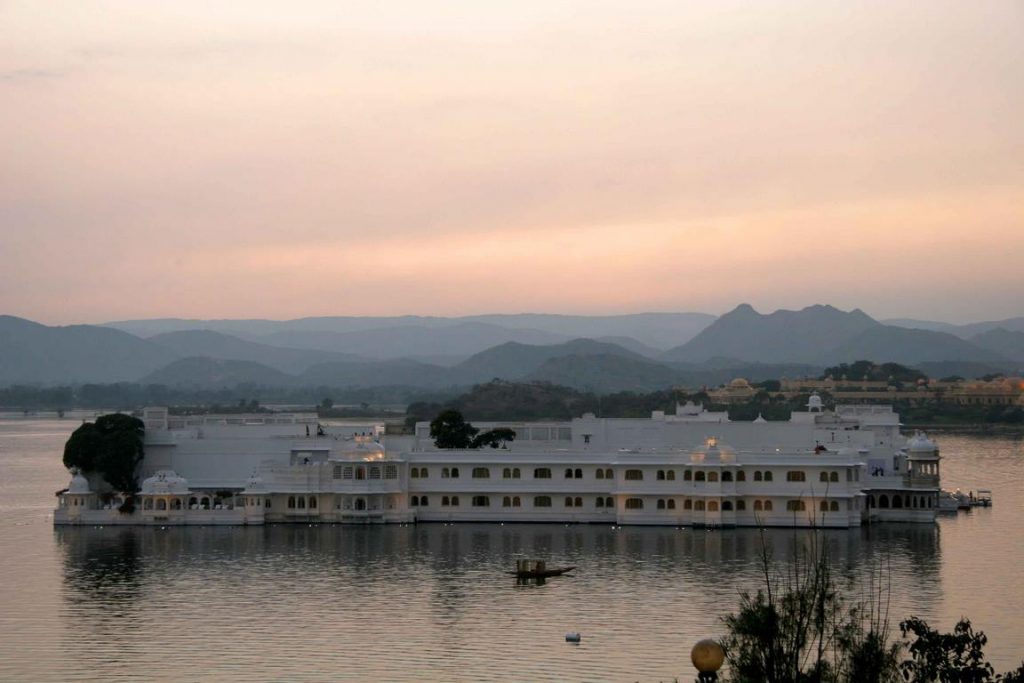
Young Prince Jagat Singh (1628-1652) is said to have had it built in the 18th century as a quiet retreat for himself and a few ladies, after his father refused to allow him to use the Jag Mendir Palace or Lake Garden Palace for his antics.
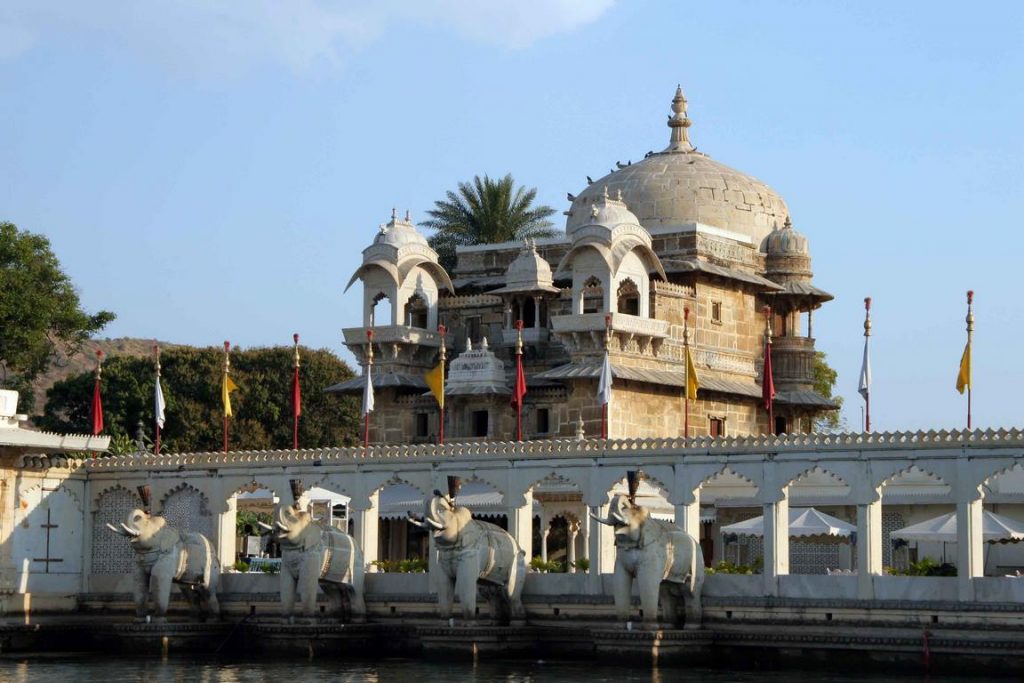
The elegant building, with its openwork domes and balconies, has been oriented so that the breeze from the lake refreshes the courtyards and gardens, enveloping them in the subtle scent of lotuses. Precious miniatures, detailed with a single squirrel's hair, adorn the flats and reflect the refinement of the Mewar school of painting. The royal family used the palace as a summer retreat and for parties. The palace has twice been used as a refuge for asylum seekers. Today, the picturesque Jagmandir Island Palace welcomes business travellers, tourists and celebrities from all over the world for important ceremonies and events.
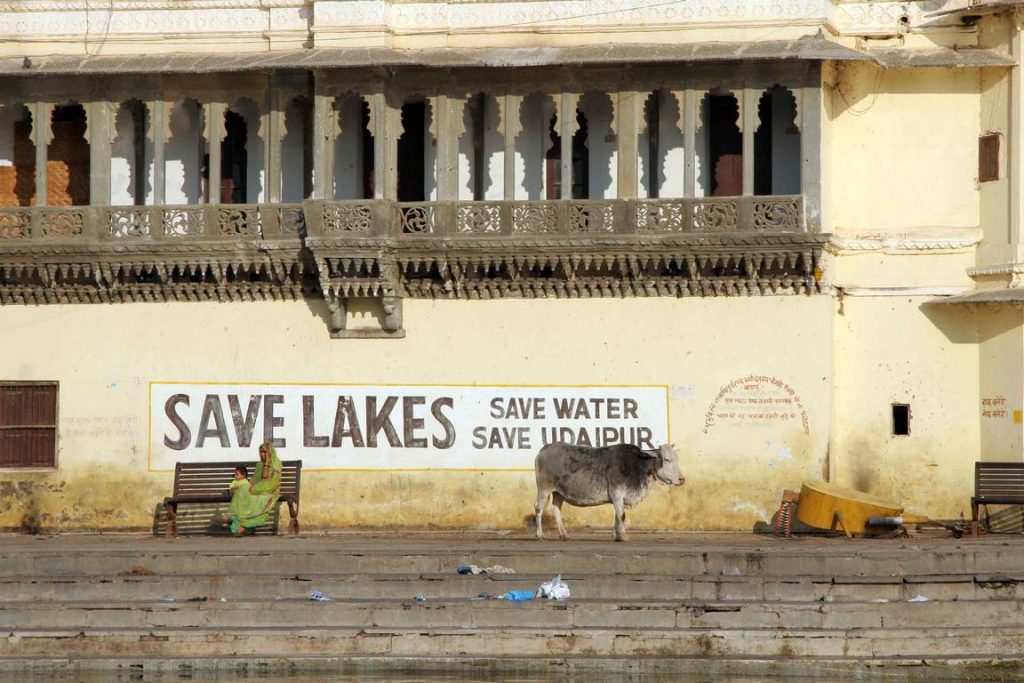
Text and Photos: Brigitte Postel
Getting there
Voyageurs du Monde offers a ten-day trip to the land of the Rajas, including a visit to Udaïpur. The average price for this trip is ?3600/person.
https://www.voyageursdumonde.fr/voyage-sur-mesure/voyage-rajasthan-delhi-agra-jaipur-udaipur-jodhpur/voyage-de-delhi-a-udaipur-en-inde/pti5425

